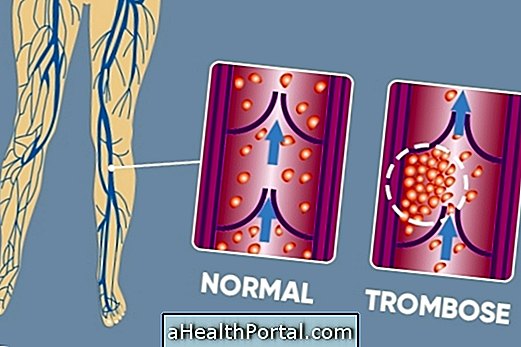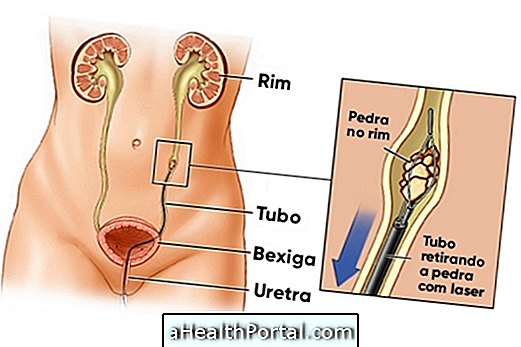Turner syndrome or gonadal dysgenesis is a genetic disease that affects only girls and is characterized by the total or partial absence of one of the two X chromosomes.
Symptoms of Turner's Syndrome
Symptoms of Turner syndrome include an increase in the volume of the back of the hands and feet and edema or flaccid folds of the skin on the back of the neck.
This syndrome occurs in approximately 1 in 2 thousand live births.
Characteristics of Turner's syndrome
The characteristics of Turner's syndrome are:
- short stature: when untreated, can reach up to 1.47m in adult life;
- excess skin on the neck;
- winged neck attached to shoulders;
- low hair implantation at the nape;
- drooping eyelids;
- wide chest with well separated nipples;
- many protrusions covered by dark hair on the skin;
- bedrooms fingers and toes are short and nails are poorly developed;
- amenorrhea;
- always immature breasts, vagina and vagina lips;
- ovaries without ova in development;
- coarctation of the aorta, which can lead to arterial hypertension;
- renal defects;
- small hemangiomas (proliferation of blood vessels).
Mental retardation occurs in rare cases, but many girls with Turner syndrome find it difficult to orient themselves spatially, and tend to present poor scores on tests that require dexterity and calculation, although verbal intelligence tests are normal or above normal .
Treatment for Turner's syndrome
Treatment for Turner's syndrome is done by taking hormones from the precocious possible growth hormone and synthetic sex hormones from 13-14 years of age, and plastic surgery can be used to remove excess skin in the neck.
It may be necessary to perform other types of treatment, according to the changes that the girl presents, such as hypertension and autoimmune diseases, for example.
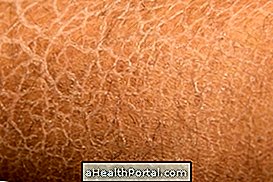






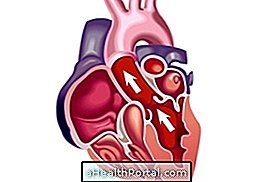




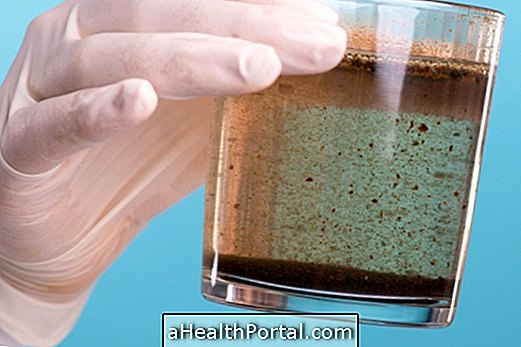

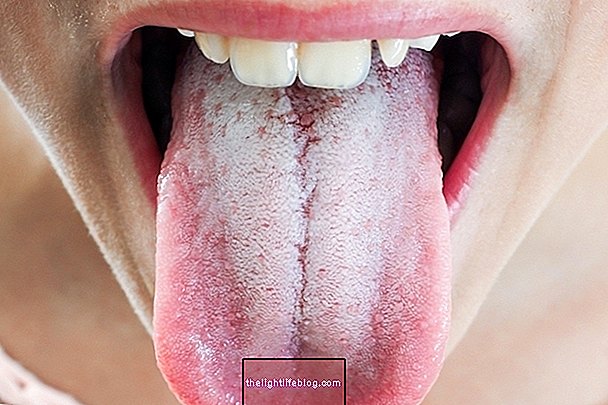

-o-que--quando-fazer-e-como-funciona.jpg)

